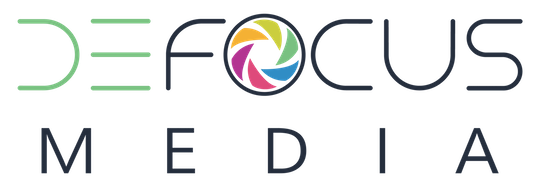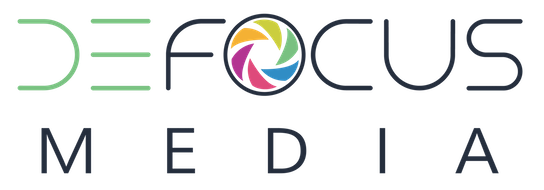Podcast: Play in new window | Download | Embed
In an evolving healthcare landscape, conversations around scope modernization in optometry are more than professional discussions; they are about protecting patients and ensuring access to timely care. In this episode of The 2020 Podcast, host Dr. Harbir Sian sits down with Dr. Mark Eltis, President of the College of Optometrists of Ontario , to explore why optimizing scope is not only essential for the profession but for the health of the public.
The Purpose Behind Scope Optimization
For Dr. Eltis, expanding optometric scope is not about self-interest—it’s about patient-first care. When optometrists are unable to perform procedures they are trained to do, patients suffer. “It’s not practical,” he explains, “for a patient to be told, ‘You need this. I could do it, but I’m not allowed to.’”
Delays in care force patients to wait months for specialists whose time could be better spent managing more complex cases. The result: a bottleneck in the healthcare system that affects everyone—patients, optometrists, and ophthalmologists alike.
Optimizing scope allows optometrists to deliver necessary treatments efficiently, alleviating pressure on overburdened specialists while ensuring patients receive the right care, at the right time, from the right provider.
Education Before Legislation
Dr. Sian and Dr. Eltis both emphasize that education is the foundation for legislative change. The University of Waterloo continues to prepare new graduates with hands-on experience in advanced procedures—even beyond what current regulations allow.
At the same time, continuing education for practicing optometrists bridges the gap between training and implementation. Courses such as the Advanced Procedures Program, highlighted during the CAO Congress, offer clinicians the opportunity to learn techniques already used globally skills that align directly with patient needs and public health priorities.
As Dr. Sian noted, “Even if I don’t perform laser procedures in my clinic, I want to understand them. I want to be able to speak knowledgeably and encourage my colleagues. This is well within our wheelhouse.”
Same Tools, Same Textbooks, Same Philosophy
One of the most powerful moments in the conversation came when Dr. Eltis reminded listeners that optometry and ophthalmology share the same clinical foundation.
“It’s not a different philosophy. We use the same materials, the same techniques, and the same textbooks,” he explained.
This alignment reinforces that scope expansion is not about new or experimental care—it’s about allowing optometrists to perform procedures they already understand and are trained to do safely.
He also highlighted how optometrists’ daily familiarity with dry eye disease and ocular surface health offers a unique advantage: “We’re more attuned to subtle changes in the lids and meibomian glands. That sensitivity enhances patient outcomes.”
Knowing the Limits and the Opportunities
With expanded scope comes professional responsibility. Dr. Eltis underscored the importance of knowing one’s limits and referring when necessary, just as any specialist would.
Currently, optometrists in Ontario face restrictions in treating certain types of glaucoma and prescribing specific medications. These limitations, he argues, hinder efficient care. “If you know what tool to use but can’t access it, that’s a real problem,” he added.
The Future of Optometry: Innovation and Integration
Reflecting on the past 20 years, Dr. Eltis marvels at how far the field has come. Technologies once thought futuristic—like OCT imaging or myopia control therapies—are now standard.
As innovation accelerates, optometry must evolve alongside technology to meet the growing needs of patients. Expanding scope ensures optometrists remain at the forefront of primary eye care—using modern tools and treatments to improve outcomes.


